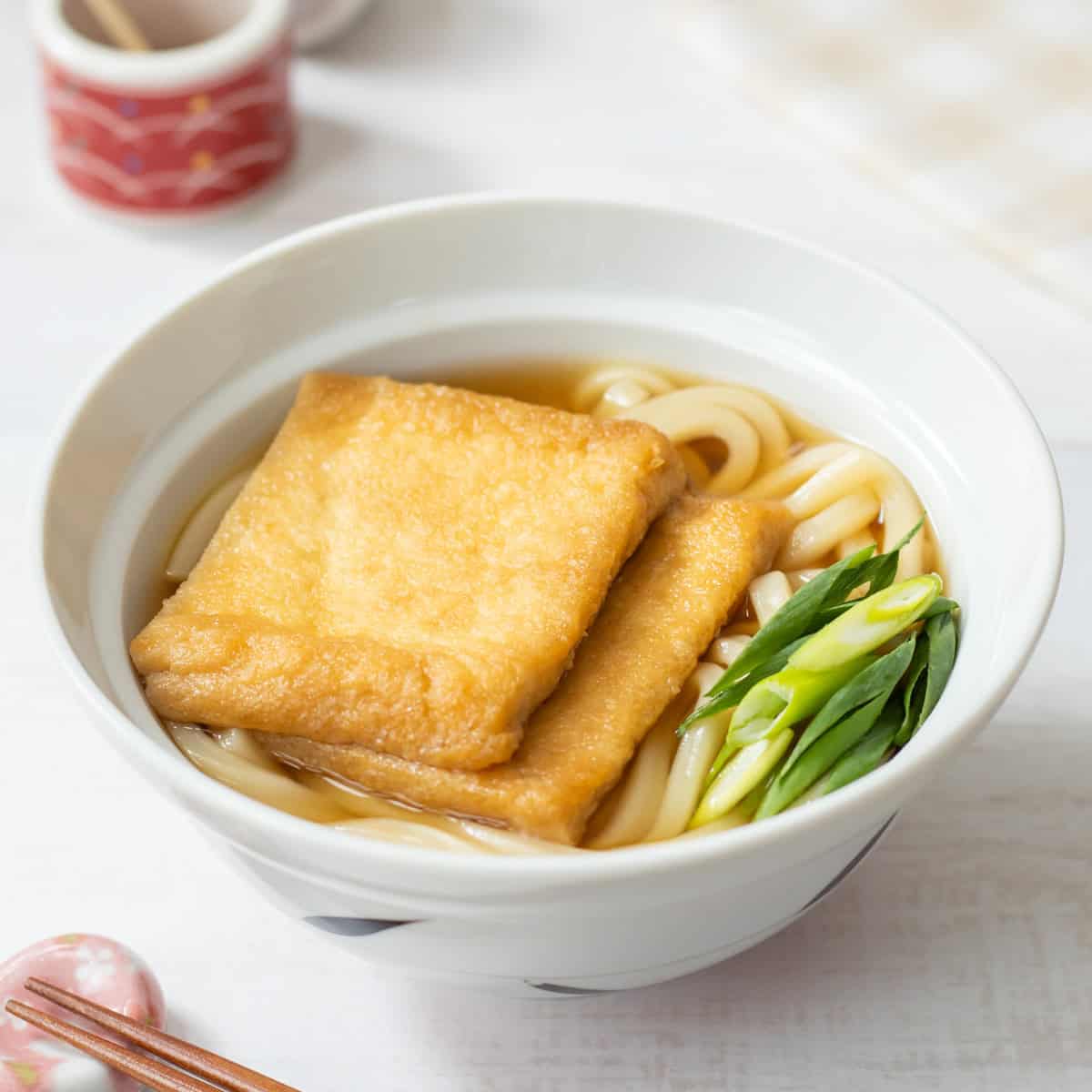
Osaka-Style Kitsune Udon
With its perfect harmony of dashi broth and sweet, savory fried tofu pouches, Kitsune Udon is one of the most beloved udon noodle soups in Osaka, Japan. The fried tofu provides just the right accent, while its oil content contributes to the rich depth of the dish.
Print Recipe
Pin Recipe
Servings: 1
Ingredients
- 1 serving udon noodles (fresh, dried, pre-cooked, or frozen)
- 2.1 oz aburaage (deep-fried tofu) or inari age (seasoned fried tofu pouches) (When using store-bought inari age, the ingredients listed below for seasoning aburaage are not necessary.)
- 1 green onion / scallion
- ½ Tbsp mirin
- 1 ½ Tbsp light soy sauce (Regular soy sauce can be used as a substitute; the main difference is the color.)
Awase dashi (udon broth) - when using aburaage:
- 2 ¼ cups water
- 0.2 oz kombu (dried kelp)
- 1 cup bonito flakes (katsuobushi)
Awase dashi (udon broth) - when using store-bought inari age:
- 1 ½ cups water
- 0.13 oz kombu (dried kelp)
- ⅗ cup bonito flakes (katsuobushi)
For seasoning aburaage:
- ½ cup awase dashi (prepared in step 4)
- 1 Tbsp mirin
- 1 Tbsp sugar
- 1 Tbsp soy sauce
Instructions
- Put water and kombu in a pot and let it sit for at least 30 minutes until the kombu softens.
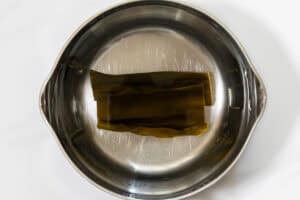
- Heat the pot over very low heat for about 10 minutes (for 2 servings). When small bubbles appear on the surface of the liquid, remove the kombu.
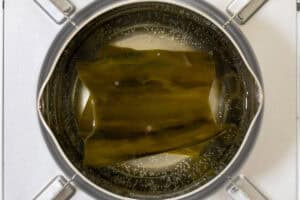
- Increase the heat and bring the water (kombu dashi) to a boil. Once boiling, reduce the heat to low, add bonito flakes, and let it simmer for 6 minutes.

- Turn off the heat and strain the mixture through a sieve lined with paper towels or a cloth (such as cheesecloth). Alternatively, if you don't mind having some fine bonito flakes remaining, you can simply use a fine-mesh strainer. Awase dashi (udon broth), which combines kombu dashi and bonito dashi, is now ready.
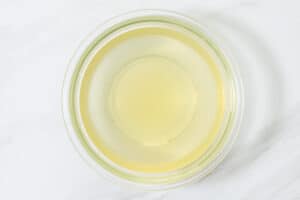
- Place aburaage in a bowl and pour hot water (not included in the recipe) over it to remove the excess oil. Take the aburaage out of the bowl, and once it has cooled enough to touch, gently squeeze out any excess moisture. If the aburaage is large, you can optionally cut it into halves or quarters, depending on your preference.
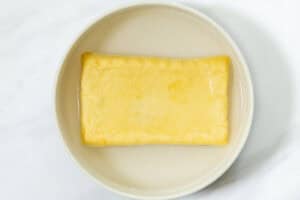
- In a pot, combine a portion of the awase dashi (as specified in the recipe) with mirin, sugar, and soy sauce, and bring it to a boil. Once boiling, add the aburaage and simmer over low heat, flipping occasionally, for about 15 minutes. Inari age is ready.
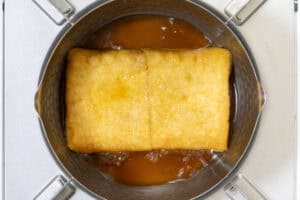
- Thinly slice green onion diagonally or into rings.
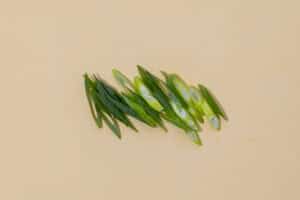
- If using fresh, dried, or pre-cooked udon noodles: Boil the udon noodles according to the package instructions. Once cooked, drain them in a colander.If using frozen udon noodles: Lightly sprinkle water over the udon noodles. Then, place them on a microwave-safe plate, cover with plastic wrap, and microwave on medium power (500W) for about 4 minutes. (Since this method can cause uneven heating, it is best to microwave one serving at a time. You can also boil them like the other types of udon noodles.)
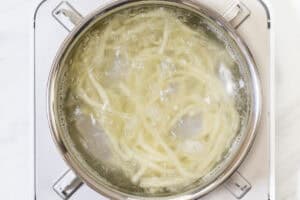
- Return the dashi to the pot, add mirin and light soy sauce, and bring it to a boil.
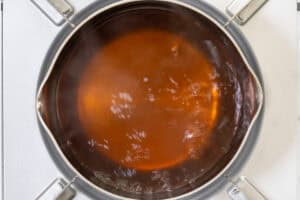
- Place the udon noodles in a bowl and pour the liquid mixture (udon soup) over them. Loosen the udon noodles with chopsticks and then top with the inari age and green onions.
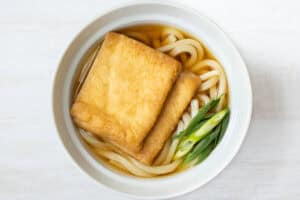
Notes
- This dish is not suitable for storage because cooked udon noodles tend to lose their texture over time, making them less enjoyable. However, the udon soup alone can be stored for up to 3 days.
Nutrition
Calories: 521kcal
Enjoyed this recipe?I’d really appreciate it if you shared it with your friends.